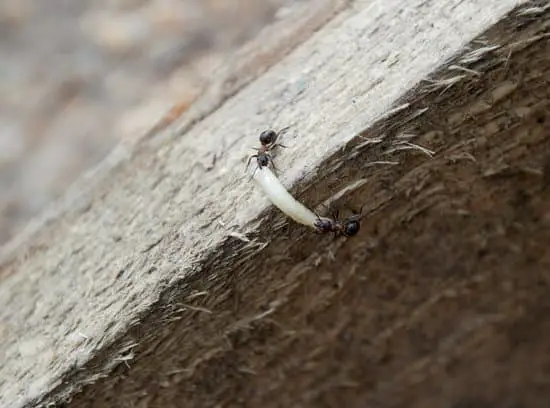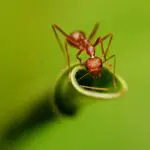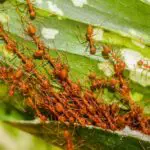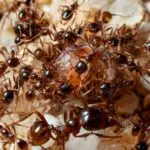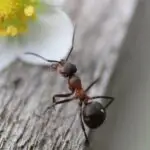How Come Ants Can Climb Walls?
Thousands of years of evolution have gone into ants’ abilities to climb walls. These insects can walk upside down, use their claws to grip a wall, and use sticky pads on their feet to stick to a wall. These abilities allow ants to navigate their daily lives.
While ants can climb on most surfaces, some are too slippery to hold onto. For example, Teflon is a very slippery surface. This material can be found in clothes, raincoats, and cookware. PTFE is a synthetic substance made up of fluorine and carbon atoms. It is also used to make carpets. PTFE also helps prevent ants from climbing on glass and other smooth surfaces.
In addition to claws, ants use sticky pads on their feet called “arolia.” Ants have arolia between their claws at the tips of their feet. These sticky pads stick to the surface like suction vacuums. These pads are used by other insects such as beetles, cockroaches, and grasshoppers.
Some ants also have hairs on their feet that help them hold onto the surface. These hairs act like a handbreak to prevent ants from slipping. They also allow ants to detect sound. The hairs are connected to the nervous system and help ants navigate and sense temperature outside. They also act as a backup to the claws.
Ants also have a suction cap called “pretarsal adhesive pads.” These pads are sticky and fill in small spaces between ants’ feet and walls. This makes it easier for ants to stick to the wall.
